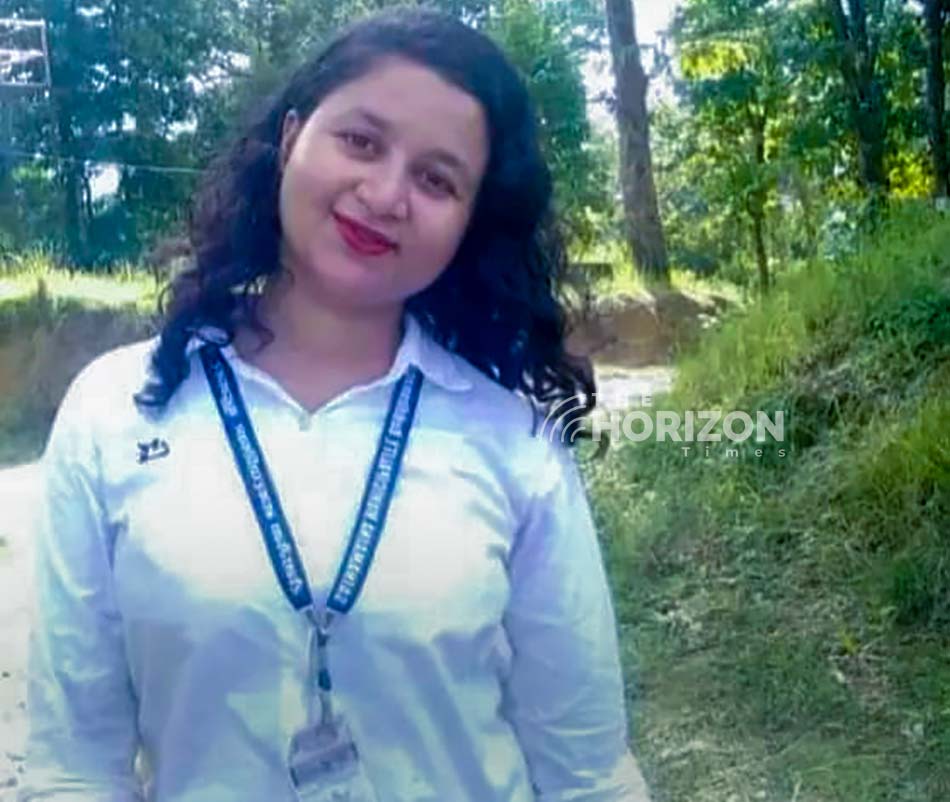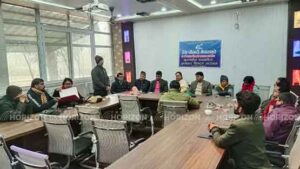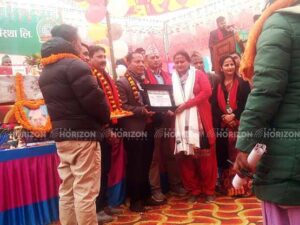Road prioritization and maintenance in Municipalities, Nepal: Most important aspect before assessing the situation in relation to the task or action required for the maintenance of roads in the municipality, we need to address the issue of the understanding of the term “maintenance”. The basic objective of road maintenance is implicit in the word itself. It is done to ensure that the road that has been constructed or improved is maintained in its original condition.
It is accepted that over the life of the road it will deteriorate due to factors with which maintenance activities alone cannot deal. Nevertheless, maintenance is intended to begin on the first day after the road improvement works are completed.
In practice the effect of regular and timely maintenance is to increase the life of the road by putting off the date at which it needs to be reconstructed .This has several benefits, prominent of them being that it stretches the period over which the benefits of the investment made are available and, therefore, provides a higher rate of return on the initial investment.
In addition, it puts off the date where large investments have to be made to reconstruct the road.
Roads are essential for country’s financial and social uplift. For the urban economy, roads are vital bridge between production centers and markets. Their multiple function of providing access to employment, social, health service and education makes them key elements in the combat against poverty by opening up rural areas and stimulating economic and social development. But this core element has been a heavily neglected one in Nepal whether at local and national level as well.
Once the roads are constructed, they are largely left untended for long periods of time until they are full of potholes and the journey along those roads becomes a jolting experience. The stress has almost always been on construction, much less on the maintenance of the roads constructed.
This has led to a common situation in Nepal that soon after roads are constructed, roads start showing wear and tear but they are not given regular attention and maintained accordingly.
As a result, the roads continue to deteriorate. That is why the condition of most of the roads provides sample proof of poor maintenance and at end they are converted to thrilling shape.
The general causes of pavement failure are low grade used materials. Inadequate surface or subsurface drainage in the locality resulting in the stagnation of water in the sub-grade or in any of the pavement layers, increase in the magnitude of wheel loads and number of load repetitions due to increase in traffic volume, settlement of foundation of embankment of the fill material environmental factors including heavy rainfall, soil erosion, high water table, snow fall, frost action, etc. For the process of accessing the maintenance in municipalities the steps involved are evaluation of the pavement characteristics in quantitative terms by various methods, development of minimum standards for road characteristics like roughness and skid resistance for different categories of roads, provision of the needed maintenance inputs based on all the above discussed above and appropriate periodicity.
Frequent inspections of the road can help in the correct identification of defects and the reasons there of determination of priorities and prompt and appropriate remedial measures, planning and execution of the maintenance activities and operations. A road should be inspected by a responsible officer at least twice a year once during the wet season and once during the dry season.
Prioritization of maintenance operations are graded firstly on the basis of urgent and emergency repairs to the road breaches and other flood damages ,removal of debris, dead animals and other road blockages. Secondly the routine drainage works such as cleaning and deepening of drains and checking and cleaning of bridge/culvert openings.
Thirdly on the recurrent work on the pavement. As the yearly cost of maintaining a road is a small fraction of the investment cost, usually some two to three percent, the economic logic for effective preventative maintenance is undeniable.
It can indeed be argued that the construction of roads, while consuming large amounts of money is of limited importance if there is no effective maintenance system in existence as is the case in Nepal.
Road maintenance in municipalities is often viewed as an activity that is carried out only when the road is damaged. That view is not true. As no one would apply this approach to build his own house or even his health, it is strange that it seems to be a pervasive attitude in the road sector which is an irony. This situation is particularly critical with unsealed roads, which in the case of the majority of also in the district roads all over the country.
Here the main enemy of the road is water. This means that the camber of the surface, the slope of the shoulders, the side drains and cross drainage structure need not only to be constructed effectively but there is also the need to keep it in a condition that will permit the free run-off of water away from the road.
This means that the road once constructed has to be looked after on a regular basis.
This is why routine maintenance is so important and also is the care of an effective maintenance system. The term recurrent maintenance is sometimes used to cover certain activities which are carried out during the year over and above the activities that are undertaken over three to five years and are concerned with rectifying defects which are outside the scope of routine maintenance.
Routine maintenance, however, remains the key and vital activity. It is the least costly, but at the same time provides the greatest benefit. The present road maintenance in the budget of districts and municipalities reflects the curative rather than preventative approach to maintenance. Funds for the maintenance are allocated to small, medium and big works i.e. earthen, gravel and blacktop.
There is classification of maintenance activities that has to be implemented in the municipalities is for the road pavement and road facilities. The routine maintenance has to be carried out frequently and continuously required during each year on all the elements of the road in order to ensure service ability at all required times in all weathers.
Achal Acharya
Civil Engineer
Don’t Miss This
The River Unexpectedly Transforms Blood Red in Russia








Be First to Comment